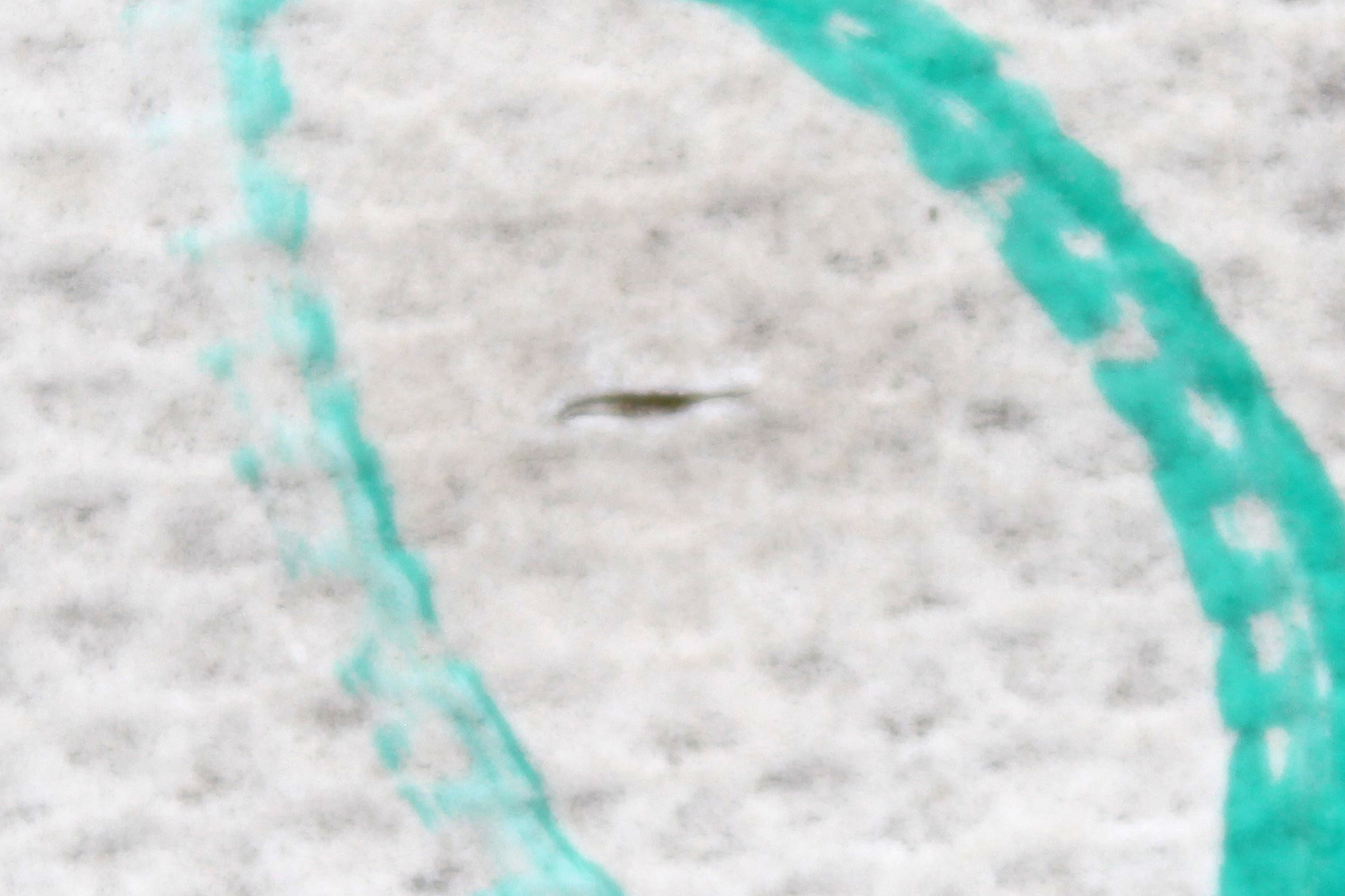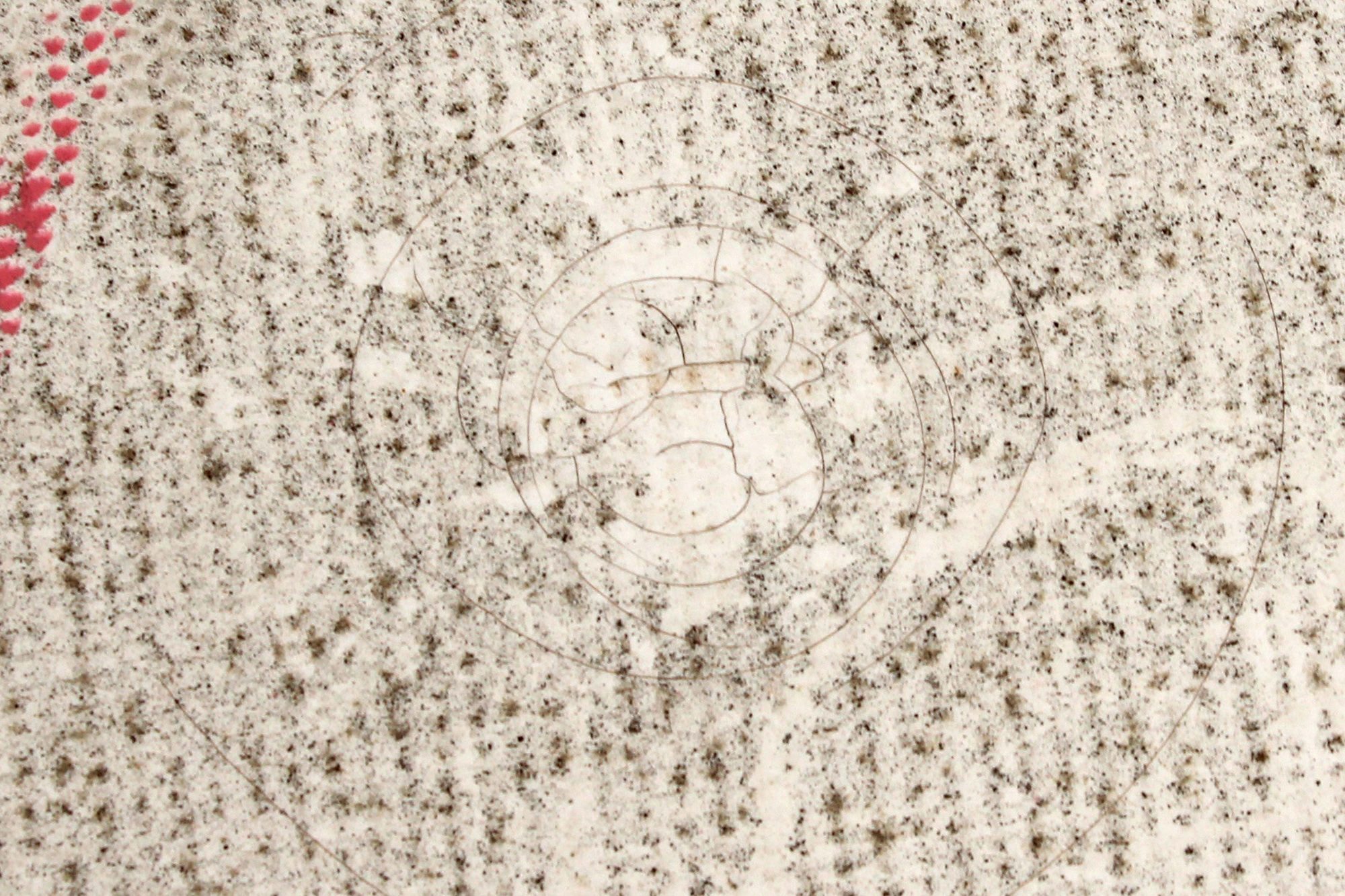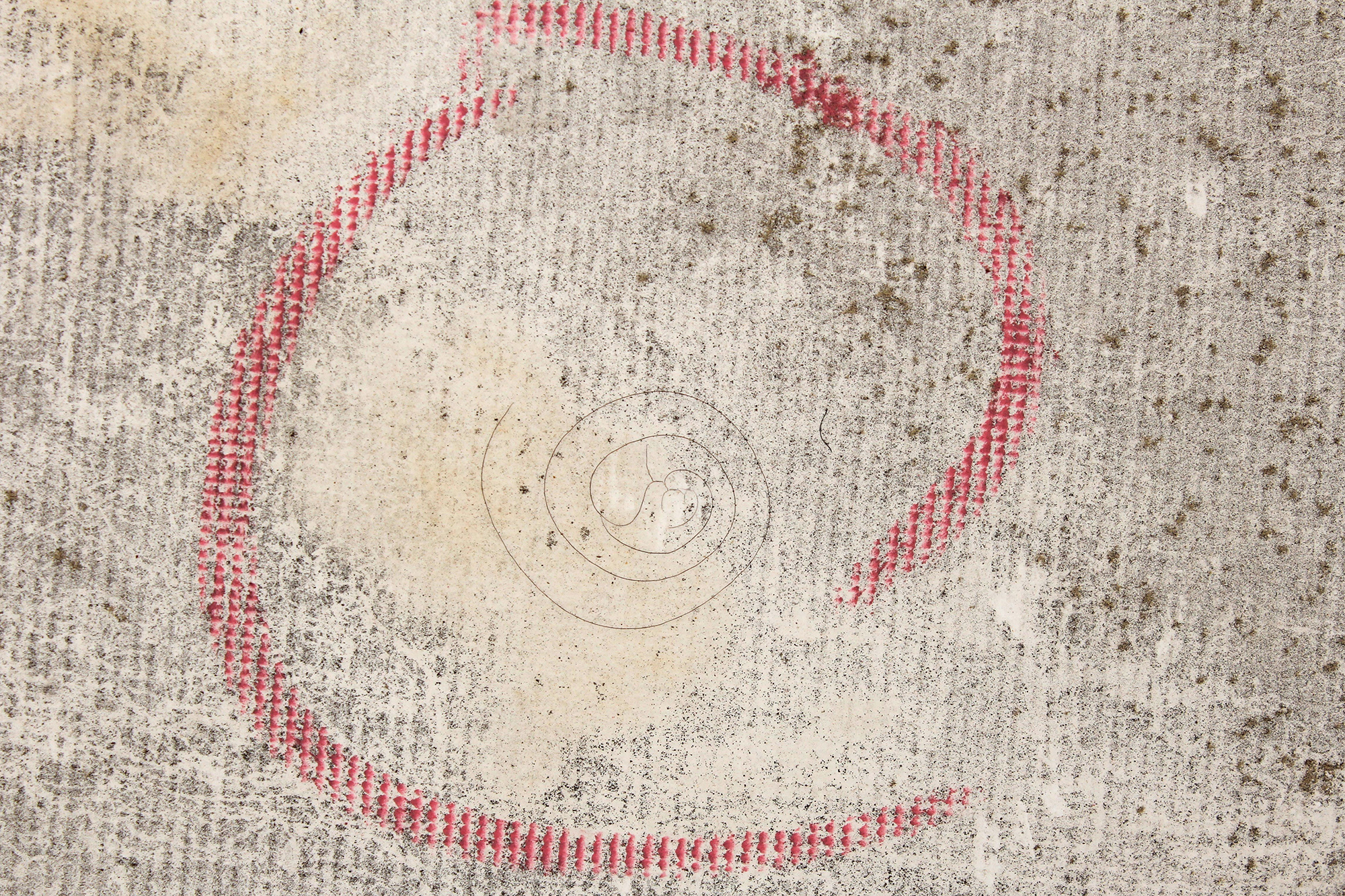TPO Roofing Splits
A sixteen-year-old thermoplastic roof installed on a factory roof in Southern Alabama was reported to have been damaged during a hailstorm. The thermoplastic roofing at the facility was manufactured in rolled sheets, which were installed in parallel overlapping rows. Visual examination of the roofing found that sections of the roofing were observed to be textured, and portions of the roofing were not. In addition, visual examination of the textured roofing found micro splits in the surface of the roofing, which were aligned lengthwise, parallel with the lengths of the roofing sheets as shown in Figure 1.

Damage to thermoplastic roofing from hailstone impacts consists of circular fractures in the roofing surface. When the hailstone impacts the surface of the roofing, the roofing is pushed downward. Typical substrates used under thermoplastic roofing have low impact resistance, and larger hailstones will crush the substrate downward. This condition results in the roofing membrane being stretched downward in the spherical shape of the hailstone. If the membrane stretches too far, the membrane splits and fractures around the hailstone perpendicular to the direction the membrane is being stretched, as shown in Figures 2 and 3 taken at a different facility. Larger hailstones tend to result in radial fracturing as well, as it stretches the membrane outward. The micro splits observed at the facility were all aligned in the same direction and were not circular in nature, which indicated the factors were not the result of a hailstorm impact.


An individual representing the facility claimed the roofing was a poly-vinyl chloride (PVC) thermoplastic roofing. EDT sampled portions of the roofing with the splits and utilizing a Fourier Transform Infrared (FTIR) spectrometer in the EDT lab, determined the roofing was a thermoplastic polyolefin (TPO) membrane. TPO has a different performance history than PVC roofing membranes, and some initial formulations were known to fail prematurely. Some membrane formulations fail in as little as 5 to 16 years.
In addition, samples of the roofing from the facility containing micro-splits were examined under a stereo microscope. The roofing was determined to have an upper white layer and a lower green layer. Examination with the stereo microscope determined that the micro-splits were contained within the upper layer, and the lower layer was whole and undamaged.
As stated, the micro-splits were aligned with the length of the roll. The TPO membrane roofing at the facility was adhered along the long, lapped, edges of the rolls. The sheet of roofing contained more material along the length of the roll as opposed to the width. Roofing when exposed to temperature changes experience expansion and contraction in response to the changes. A roll of roofing has a certain amount of elasticity per lineal foot of roofing; hence, the sheet of roofing has less elasticity along the shorter width of the roll in comparison to the roll length. EDT determined that as the surface layer of the roofing started to wear from exposure, the strength and elasticity of the upper layer of membrane was reduced. This condition resulted in the upper surface layer of the membrane lacking the strength and elasticity to resist the tension forces inside the membrane, and the upper layer of the membrane split longitudinally in numerous locations along the length of the roll, and not in response to impacts from hailstones.
About the Author
Kurt D Mulder, P.E. is an engineering manager and consulting engineer with our Birmingham Office. Mr. Mulder provides technical consultation related to construction evaluation of residential and commercial structures, failure analysis, evaluation of scope and cause of damage to structures, as well as water intrusion investigation. You may contact Kurt for your forensic engineering needs at kmulder@edtengineers.com or (205) 838-1040.
Learn about how EDT Forensic Engineering & Consulting approaches construction assessments, scope of damage, and forensic engineering by assigning a file today.

